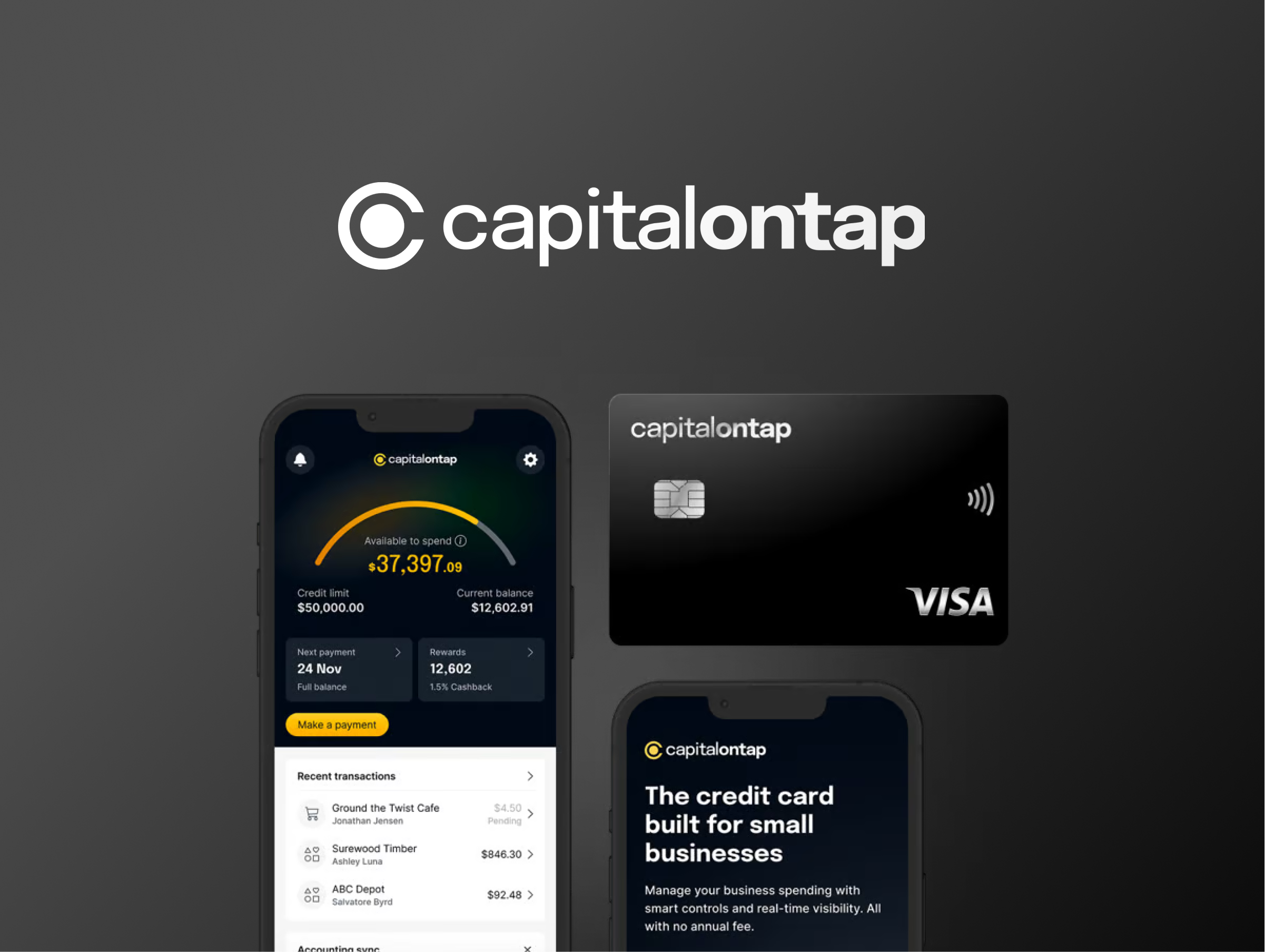CUSTOMER: LendingTree
LendingTree gives users a holistic view of their finances

Goal
Provide users a more holistic view of their finances
Region
United States
Industry
Financial Services
Becoming your customers’ financial hub
In 2018, LendingTree occupied what, for many companies, would be an enviable position. With $50 billion in loans served, the Charlotte-based company was the nation’s largest online lending marketplace. But they weren’t satisfied.
From their perspective, the problem was one of engagement. “Most people only need a loan once every few years—or decade,” explains Bryce McAvoy, Senior Product Manager at LendingTree. “As a result, users were only returning to our site once or twice a year.”
To increase engagement, LendingTree decided to offer a wider array of financial services. By doing so, the company wagered, they could provide users a more holistic view of their finances, something which would cause them to return more often.
To power these new services, LendingTree needed to give users a way to share their financial data with them. And for that, they chose Plaid.
60%
LendingTree users who connect their financial accounts with Plaid log on to LendingTree 60% more often
3.7x
LendingTree users who connect their financial accounts with Plaid generate 3.7 times more revenue per month compared to non-Plaid users
56%
56% of Plaid users have submitted a loan request on LendingTree, compared to 14% of non-Plaid users
Becoming their users’ financial hub
When people join LendingTree, they’re given the option to connect their financial accounts.
To do so, they simply select their financial institution from a list and enter the username and password associated with those accounts. Plaid enables users to securely connect to more than 11,000 financial institutions—often in a matter of seconds.
By connecting their accounts, users give LendingTree permission to retrieve and analyze certain financial data: things like account balances and recent transactions. From there, the company generates personalized insights and recommendations to help users better manage their finances.
Access to transactions data, for example, enables LendingTree to analyze a user’s spending habits and offer budgeting tips. Similarly, liabilities data allows LendingTree to surface lesser-known yet potentially impactful credit card details such as interest rates and late fees. For mortgages, LendingTree can show users their principal and interest every month, escrow payments, loan term, and an amortization chart indicating when the loan will be paid off.
These offerings have proved “sticky” for users, boosting engagement. That, in turn, has helped LendingTree become their financial hub, a big win for the business.
“Using Plaid was the natural next step in our evolution,” says McAvoy. “ With Plaid, we’re giving our users solid information around the clock.”
“For LendingTree, the Plaid partnership has resulted in increased engagement and revenue. But more importantly, we’re seeing our users improve their financial health and that’s the outcome we’re most focused on.”

Senior Product Manager, LendingTree
A virtuous cycle
Jonathan McFadden is a Senior Content Strategist at LendingTree. He shares a personal story of how the company helped improve his financial health.
“When my wife and I were in the process of buying a house, LendingTree displayed our debt-to-income ratio. That showed us where we stood with lenders, which gave us confidence in our search and helped us get approved for a better loan,” says McFadden.
The data used to calculate McFadden’s debt-to-income ratio was shared using Plaid. And that’s just one real-world example of the increased engagement that Plaid provides.
In fact, LendingTree users who connect their financial accounts with Plaid log on to LendingTree 60% more often and generate 3.7 times more revenue per month compared to non-Plaid users. Additionally, 56% of Plaid-connected users have submitted a loan request on LendingTree, compared with 14% of non-Plaid users.
While increased engagement lifts LendingTree as a business, many users also realize gains to their financial health as a result of the Plaid partnership. As McAvoy explains it, having a better grasp of their finances helps them make better decisions, which leads to things like increased savings, improved credit scores, and more favorable loan terms.
The data bear this out. Among LendingTree’s 16.5 million users, 50% see their credit score improve within the first six months, and the average improvement is 50 points.
“For LendingTree, the Plaid partnership has resulted in increased engagement and revenue. But more importantly, we’re seeing our users improve their financial health and that’s the outcome we’re most focused on,” says McAvoy
Adding Plaid to the onboarding flow
LendingTree chose Plaid after evaluating several options.
“For us, Plaid was the obvious choice given their breadth of institution coverage, clear documentation, and ease of integration,” says McAvoy.
Looking forward, LendingTree plans to make connected financial accounts a core part of their product offering (rather than a nice add-on, as is the case today). This, the company hopes, will boost engagement even further, establishing LendingTree as their customers’ financial hub while helping them build financial health.
“Working with Plaid has been a breeze,” concludes McAvoy. “And we’ve only scratched the surface of how we can use permissioned financial data to build new products and help our customers improve their financial lives.”


